|
Have you ever wondered why the [insert color here] hair you sported aged 2 was so different from the [insert color here] hair you had at 20? For many of us, our hair naturally turns a darker shade during childhood and adolescence, and it is not at all unusual for a towhead (a flaxen-haired individual) to end up with a mop of dirty blond or light brown hair by the time they reach adulthood.
So, why is this? After all, if your hair is the product of your genetics, you might expect it to stay the same throughout your life. Or until it turns gray, at the very least. Well, it comes down to melanin and exactly how much of it or how little of it we have. Melanin is an umbrella term for the group of pigments that control the natural coloring of our skin, hair, and eyes. There are two specific types of melanin that together determine our natural hair color – eumelanin and pheomelanin. Eumelanin is responsible for how dark your hair is, meaning that people with lots of it tend to have dark brown or black hair. Pheomelanin, on the other hand, affects the warmth of your hair. Redheads, therefore, will have more pheomelanin than their ashy-haired friends. The total amount of melanin and the ratio between eumelanin and pheomelanin is unique to you and entirely determined by your genes. It is what gives you your natural hair color. But this is where it gets interesting. There are several genes that are involved in melanin production and that can, therefore, affect our hair color. These genes switch on and off at different points in our lives – hence the reason our hair changes color as we get older. Usually, our hair will turn darker because eumelanin production increases as we age (until we go gray, that is). And because some genes are not switched on until triggered by the hormones first released during puberty, we might not show our “true” natural hair color until adolescence. Hair is not the only feature to naturally change color as you age – for 10 to 15 percent of people, their eyes do too. This article first appeared on IFLScience!
0 Comments
Hair care formulators turn to skin care for the latest concepts in shampoos and conditioners.
They’re already loaded with good-for-you ingredients that promise to give your hair sheen, body and manageability. But today’s shampoos and conditioners promise more than clean, shiny locks. Some of the newest formulas make skin-caring claims; specifically, scalp-caring claims to appeal to health-savvy consumers. “Consumers now view their hair as an extension of their skin, especially the scalp,” explained Hannah Symons, research manager, beauty and fashion, Euromonitor International. “Scalp health is a growth segment for hair care.” The move comes at a time when consumers more than ever care about their hair. A mane attraction is the first thing most people notice about each other and looking one’s best often starts at the top. In the US, nearly everyone already shampoos nearly every day; yet, according to IRI data, US mass market shampoo sales, including dandruff formulas, rose more than 3% during the past year to more than $3 billion. Meanwhile, sales of conditioners rose less than 1% to $2.1 billion. The biggest gains, albeit from a smaller base, were in the shampoo and conditioner combo pack category, where sales surged more than 30% to over $230 million, according to IRI. Within the regular shampoo category, Procter & Gamble dominates with more than 23% of the market. It’s a blowout in the dandruff shampoo segment, where P&G controls nearly 73% of the category, well ahead of private label’s 9.5% share. P&G is tops in conditioners, too, with a market share of more than 19%. Euromonitor International takes a global approach to the $72 billion hair care market. It predicts that the $16.2 billion conditioner category will post a CAGR of 2% during the next five years, which is faster than 1.5% CAGR expected for the $26.8 billon shampoo market. The best regions for growth in terms of absolute value are Asia-Pacific, Latin America and North America. But winners and losers in the shampoo and conditioner category are changing, according to Symons. “We see a change at the top, as P&G is losing share on the global level,” she told Happi. New Players in a Global Market Specifically, Procter is falling behind in India and China, where local players that know the consumer’s habits, are making strides. For example, in India, Patanjali is an Ayurvedic company that operates across a range of sectors including food and personal care. Founded by Baba Ramdev, arguably India’s most famous yoga guru, Patanjali’s global sales rose 34% last year, according to Euromonitor International. It’s grabbing market share at the expense of P&G’s Head & Shoulders and Pantene brands. Also out of India is Dabur, which calls itself the fourth-largest FMCG company in India with sales of more than $1 billion. Products are available in more than 60 countries around the world and international sales account for more than 30% of Dabur’s total revenue. “Dabur is moving beyond India and into the Middle East, where its products are very popular,” noted Symons. “They understand the consumer market in the Middle East.” Another example comes from China, where See Young has posted triple-digit gains during the past two years. Thanks to that surge, the Korean brand has pulled ahead of the likes of Neutrogena and John Frieda in Euromonitor’s global rankings. As fragmentation takes a toll on multinationals’ market share, Euromonitor notes that indie startups have leveraged social media and e-commerce to expand beyond their traditional borders. “In the future, the winners in the hair care category will be local players who understand the needs of the local population,” asserts Symons. “Instead of trying to crack the US market, they stay closer to home where they better understand the consumer.” Fast-growing companies to watch, according to Euromonitor, include Ouai, Verb, Form and Deva Curl. Trends to keep an eye on include Halal, which has become a big part of so many consumer product categories and Symons expects the same to happen in hair care. As a result, more companies are expected to cater to the specific needs of hair covered by religious headwear. “Only local players understand these needs,” concludes Symons. “We expect locals to continue disrupting the hair care category.” But that doesn’t mean multinationals are ready to give up their hold on the top spots in the global shampoo and conditioner markets. For example, Unilever’s new DermaCare Scalp is an anti-dandruff shampoo that features “the perfect blend of powerful skin-focused technology with the mild care of Dove,” according to the company. The six-item line includes 2in1 and shampoo, Invigorating Mint 2in1 and shampoo, and Dryness & Itch Relief shampoo and conditioner. All contain zinc pyrithione to banish flakes, but they also contain a blend of oils to nourish and protect the scalp. Next month, Unilever launches Love Beauty and Planet, a planet-friendly hair and skin care brand “built on a commitment to do good through small acts of love,” according to the company. Love Beauty and Planet is the result of Unilever’s commitment to its Unilever Sustainability Plan and incorporates distinct purpose into the entire product lifecycle and beyond: giving careful thought to ingredients, formulas, product packaging, value chain and social partnerships, according to the company. Neutrogena didn’t add any new shampoos or conditioners to its lineup during the past year, but parent company Johnson & Johnson did acquire Vogue International 18 months ago for $3.3 billion. The deal included the OGX collection of shampoos, conditioners and hair treatments, as well as Proganix and Maui Moisture hair care products, and FX hair styling products. In the third quarter of 2017, sales of OGX helped offset a decline in baby care products at J&J. With shampoo and conditioner formulas such as Biotin & Collagen, Brazilian Keratin Therapy and Bamboo Fiber-Full, OGX was one of the first brands to make hair strengthening a key marketing message. It’s certainly paying off for the brand and for J&J, as OGX has become the leading shampoo and conditioner brand in the US mass market. Consumers are getting the message when it comes to ingredients that are good for their hair, said Seven Haircare flagship educator Travis Clay. “Consumers are savvy about ‘bad’ ingredients and are searching for the most nurturing products for their hair. They expect shampoos to lather well and get hair squeaky clean, hydrate and repair while conditioners must proteinize, add moisture, and repair damage too,” he said. “Products that work, smell great, and cover all of these bases are very few and far between. I know we’ve found a game changer with our Kente Bond collection.” The Kente Bond shampoo, conditioner and reparative spray promise to deliver sustained benefits to damaged hair. The shampoo contains guar, pro vitamin B5 and green tea to intensely hydrate and soften dry damaged hair. The conditioner contains B5, amino acids and lotus to seal split ends and aid reconstruction of broken disulphide bonds, infuse moisture into hair’s cortex and create volume. Finally, the spray is said to target points of damage on the cuticle to protect hair from future harm, add shine and reduce blow dry time. “The interest for products that do more was inspired by consumers getting older and having drier, more fragile hair. But the real truth is that they wish they had stayed ahead of it before this happened,” explained Clay. “That’s why younger generations are so careful with what they use. They are a more informed group with all the internet information and know they must stay ahead of the game to prevent their hair from ever becoming fragile or dry.” To help maintain hair, Clay avoids harsh sulfates like SLS and SLES as well as heavy fragrances as they can sometimes trigger allergies. “Things I definitely look for in products are coconut oil, aloe and amino acids. Seven hair care uses superoxide dismutase, which has anti-aging benefits to the scalp and actually helps to prevent premature graying—an obvious concern for most of my clients.” Clay called sweet almond extract in the new Bond system a “smart ingredient,” as it is magnetically attracted to points of damage on the hair shaft, giving the formula “unparalleled healing properties.” Babies’ hair may not need healing, but formulas have to be gentle. According to a new study by ReportsnReports, the global baby hair care products market post a CAGR of 6.20% from 2017 to 2021, driven in part by BRIC demand. The study ’s authors note that babies require special, but simple, hair care. As the scalp of infants is fragile and the hair follicles are in the developing stage, they require gentle hair care. And there it is; whether you’re a middle-aged balding man showing too much scalp, or a newborn babe with cradle cap, good-for-your-skin hair care is the new normal in the multibillion dollar shampoo and conditioner market. This article first appeared on happi How many hairs do we have? How long does it take to grow and... How many do we lose in a day? Here you have 10 curious facts about hair that you’ve always wanted to know...
10. During which season does hair grow the most? The right answer is... summer. Heat and exposure to the sun favor a slightly faster growth rate. 9. What is the least common natural color? Red is much less common than the wide variety of browns (the most common worldwide) and blonds. Scotland and Ireland are the countries with the most redheads, at respectively 13% and 10% of the population. 8. How long does a hair live? In eighth position of these 10 questions about hair, we have put the regrowth cycle: in a man a healthy hair lives between two and four years, while for a women it lives between five and six. From one follicle, a hair can be “reborn” up to twenty times. 7. How much weight can they support? We are certain that you ask yourself this question every time your comb gets caught in a tangle: how much weight can it support? Much more than you ever imagined: a great head of hair can tolerate the weight of... two elephants! 6. Should I cut my hair often or not? Among the curiosities about hair is the legend that says cutting hair frequently reinforces its growth. Wrong: everything depends on your genetic make-up and natural physiological cycles. 5. How many hairs do we have on our heads? The number depends on our natural color: if you are blond, you will have more hair than a redhead (140,000 on average, compared to 90,000). Brown hair tends to average about 100,000. Obviously, there is a compensation: the shaft of blond hair is generally thinner than that of red or brown hair... 4. Does shampooing daily weaken hair? Another common myth to debunk, unless you are using aggressive detergents that eliminate the natural sebum that helps protect the hair shaft. 3. How many hairs do we lose daily? In this ranking of ten curiosities about hair, there is one important one: how many hairs fall out daily? On average, about 70-80, but it can vary between 40 and 120. This wide difference depends on the number of follicles that are still active and on the individual regrowth cycle. 2. Are there foods that help keep hair healthy and beautiful? Absolutely! Among the foods that help promote regrowth and healthy hair are: yellow peppers, oysters, eggs, salmon, sunflower seeds, almonds, avocados, and sweet potatoes. 1. How much does hair grow in a month? Number one of these 10 curiosities about hair is certainly the most frequently asked questions, above all when we want a long mane in a short time: how long does hair grow every month? On average, European hair grows about 1.2 centimetres every month. Asian hair grows more quickly and African hair grows more slowly (0.9 cm). This article first appeared on EsteticaMagazine.com 12/4/2017 0 Comments Hair Today - Gone TomorrowOptions for Better Hair …  As a famous comedian once jokingly said, “God only made a few perfect heads … all the rest she covered with hair!”
As one ages, it’s only natural for hair to wane. Very few individuals have rich thick hair well into their senior years. Most science points to the decrease in natural hormones. Hair retention is most certainly controlled by your individual genetics, however there are other conditions that may influence the overall health of your hair. Your diet, the weather, toxins, pollution, and your overall approach to hair care are influence your hair retention and health. Protein is not only a key ingredient to hair itself, but also as a progenitor of hair. Deficient protein in the diet can result in loss of hair, brittle or fragile hair, and loss of hair color. At least 45 grams of protein daily should be included in your diet: eggs, fish, lean meat, poultry, beans, tofu, dairy products, Zinc deficiency can cause hair loss. Multivitamin or zinc supplements can go a long way toward giving your body what it needs without a lot of hassle. Foods that are rich in Zinc are:
Omega 3 Fatty Acids stimulate hair follicles growth and the sebaceous (fat) glands around them. Omega-3 fatty acids are found in:
Laser and light therapy: Although the science is light and the treatment regimens vary widely, many thousands of people are treated every year with varying degrees of success. Some swear by it and some swear at it, because it is not cheap. Pills and potions flood the market-place, each one claiming success. “Buyer beware” comes into place here, look for real research, not just testimonials. Shampoo: How often to shampoo your hair varies greatly; it depends upon your hair type and texture, activities in which you participate, and how often you use hair products. Oily hair requires more frequent washing and dry hair mandates less frequent washing. One must buy the right product for their own hair: curly, dry, oily, straight, artificially colored, bleached, etc. … Check the labels on the bottle, the formations do not vary much, but the ingredients in the better brands do seem to make a difference. Avoid shampoos with harsh ingredients, such as ammonium lauryl sulfate or sodium lauryl sulfate. Experts suggest that one can over-shampoo or shampoo incorrectly. The standard rules of thumb are:
Conditioning: Experts seem to agree that conditioning your hair after shampooing keeps your hair softer, shiny, and manageable. They may disagree, however, as to whether a shampoo with built-in conditioner is as good as a separate one, and whether you should condition after every shampoo. Hair maintenance tips:
Detoxification, if started early enough may make a difference to people who have been exposed to toxins and heavy metals. Blood and hair testing can reveal many surprises and therefore require many different solutions to detoxification and treatment which may lead to healthier thicker hair. Here are a couple other sites you might want to check out. Healthlin.com EnCognitive.com This article first appeared on World Health.net 11/25/2017 0 Comments Why does hair turn gray?If you look at photos of President Obama taken before he ran for president and since he left office, you’ll notice a distinct difference: where there used to be only dark brown hair, there is now far more gray than brown. It seems that the stress of running a country would turn any person’s hair gray. But is stress really to blame? And why does hair turn gray, even for those of us who don’t have jobs quite as stressful as President of the United States?
Stress doesn’t actually turn hair gray. In fact, hair doesn’t actually “turn” gray. Once a hair follicle produces hair, the color is set. If a single strand of hair starts out brown (or red or black or blond), it is never going to turn gray. Your hair follicles produce less color as they age, so when hair goes through its natural cycle of dying and being regenerated, it’s more likely to grow in as gray beginning after age 35. Genetics can play a role in when this starts. While being under stress can’t turn your hair gray, stress can trigger a common condition called telogen effluvium, which causes hair to shed at about three times faster than normal. The hair grows back, so the condition doesn’t cause balding. But if you’re middle-aged and your hair is falling out and regenerating more quickly because of stress, it’s possible that the hair that grows in will be gray instead of its original color. Illnesses that cause gray hair The vast majority of people with gray hair have age-related graying. However, sometimes graying hair indicates an illness, especially if it occurs at a particularly young age. Health problems that may be heralded by gray hair include:
Some research also links premature graying to heart disease and low bone mass (called osteopenia, a precursor of osteoporosis). How these conditions relate to hair graying is unclear. Cigarette smoking can also cause premature graying. The bottom line When and how thoroughly your hair turns gray is influenced mostly by the genes you inherit from your parents. Though stress may play a role in the process, it would be more helpful to look to past generations rather than your current stress levels to help you predict when or if you’ll go gray. That’s true whether you’re the President of the United States, or someone with a less stressful job. This article first appeared on Harvard Health Publishing |
Hair by BrianMy name is Brian and I help people confidently take on the world. CategoriesAll Advice Announcement Awards Balayage Barbering Beach Waves Beauty News Book Now Brazilian Treatment Clients Cool Facts COVID 19 Health COVID 19 Update Curlies EGift Card Films Follically Challenged Gossip Grooming Hair Care Haircolor Haircut Hair Facts Hair History Hair Loss Hair Styling Hair Tips Hair Tools Health Health And Safety Healthy Hair Highlights Holidays Humor Mens Hair Men's Long Hair Newsletter Ombre Policies Procedures Press Release Previous Blog Privacy Policy Product Knowledge Product Reviews Promotions Read Your Labels Recommendations Reviews Scalp Health Science Services Smoothing Treatments Social Media Summer Hair Tips Textured Hair Thinning Hair Travel Tips Trending Wellness Womens Hair Archives
April 2025
|
|
Hey...
Your Mom Called! Book today! |
Sunday: 11am-5pm
Monday: 11am-6pm Tuesday: 10am - 6pm Wednesday: 10am - 6pm Thursday: By Appointment Friday: By Appointment Saturday: By Appointment |
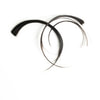
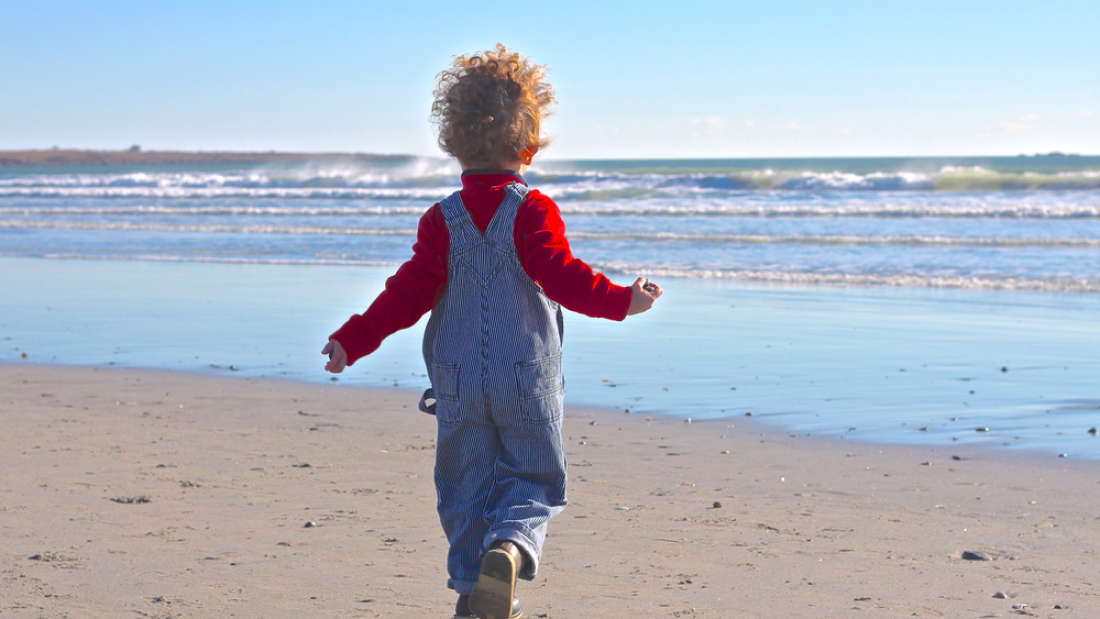
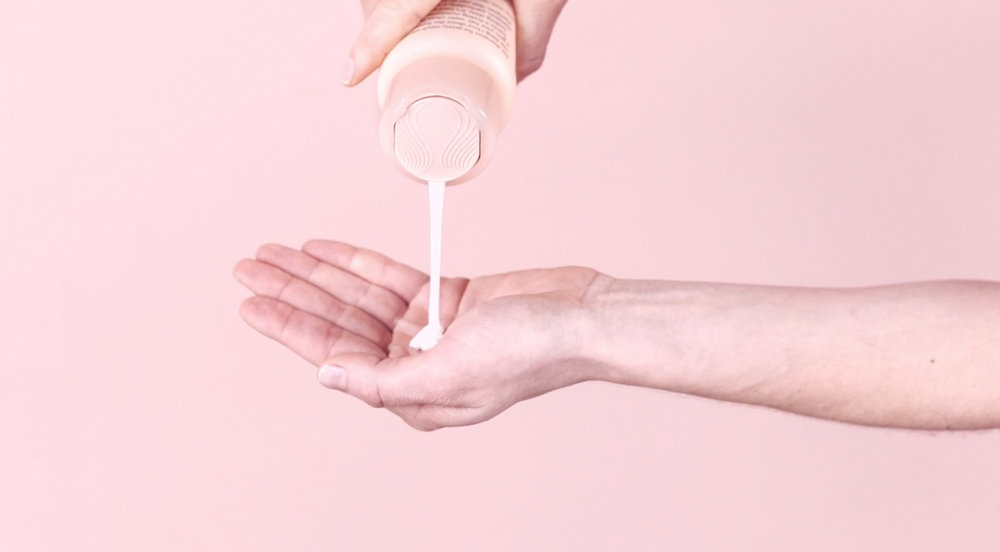
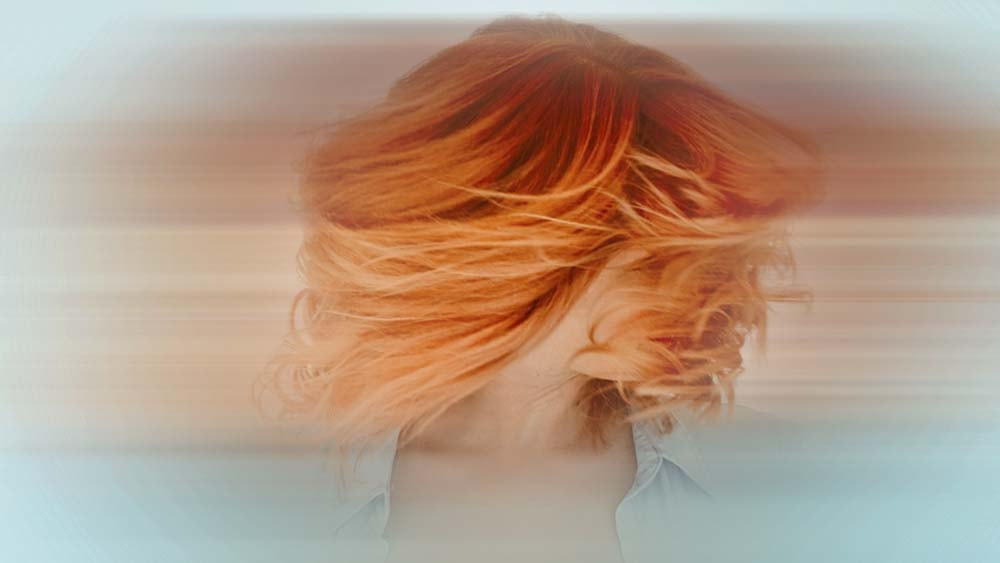
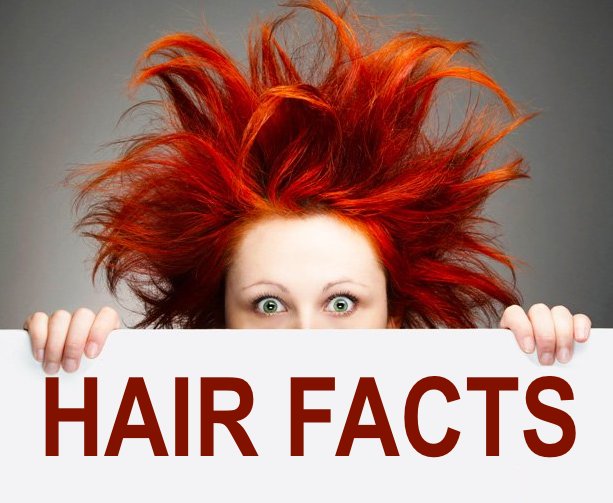
 RSS Feed
RSS Feed